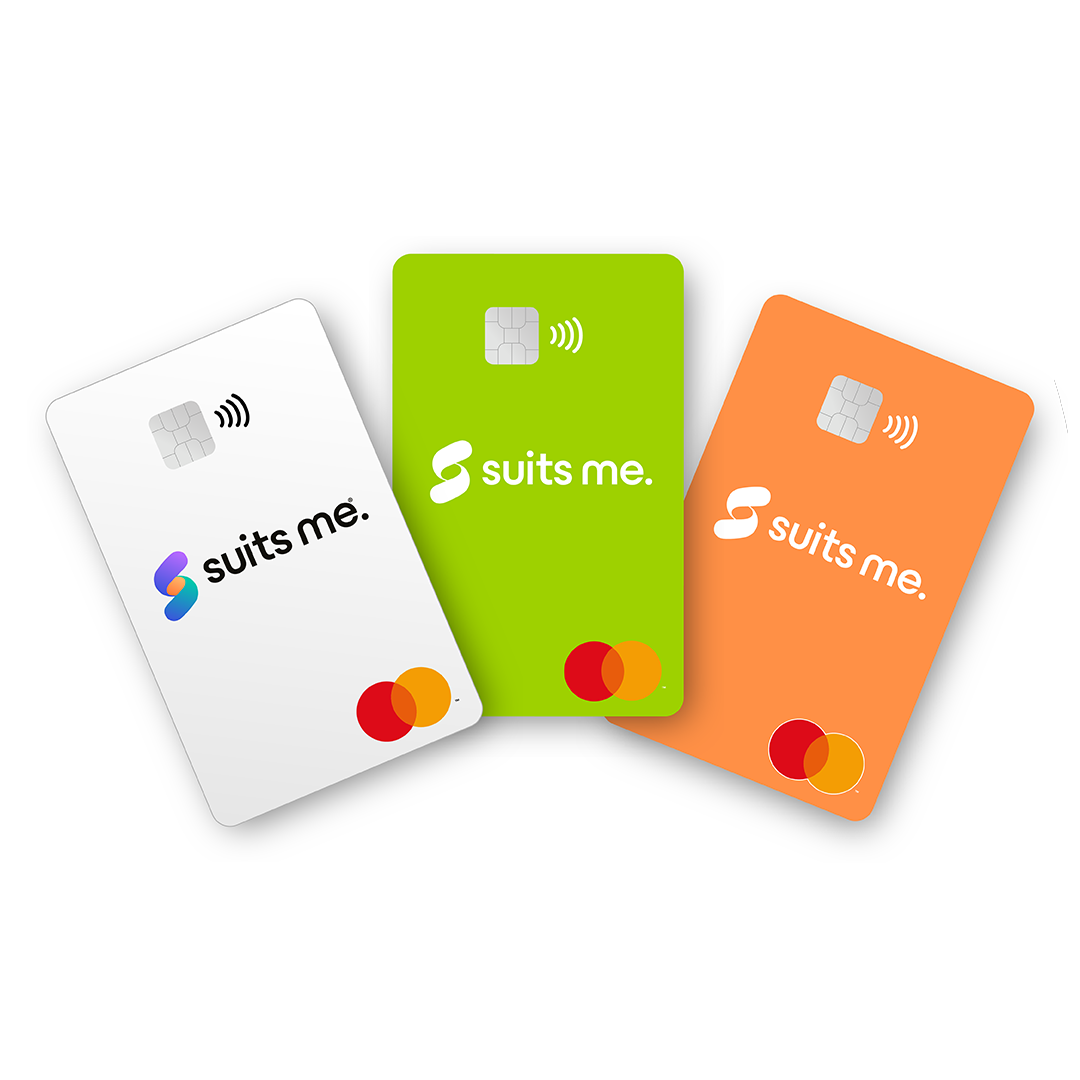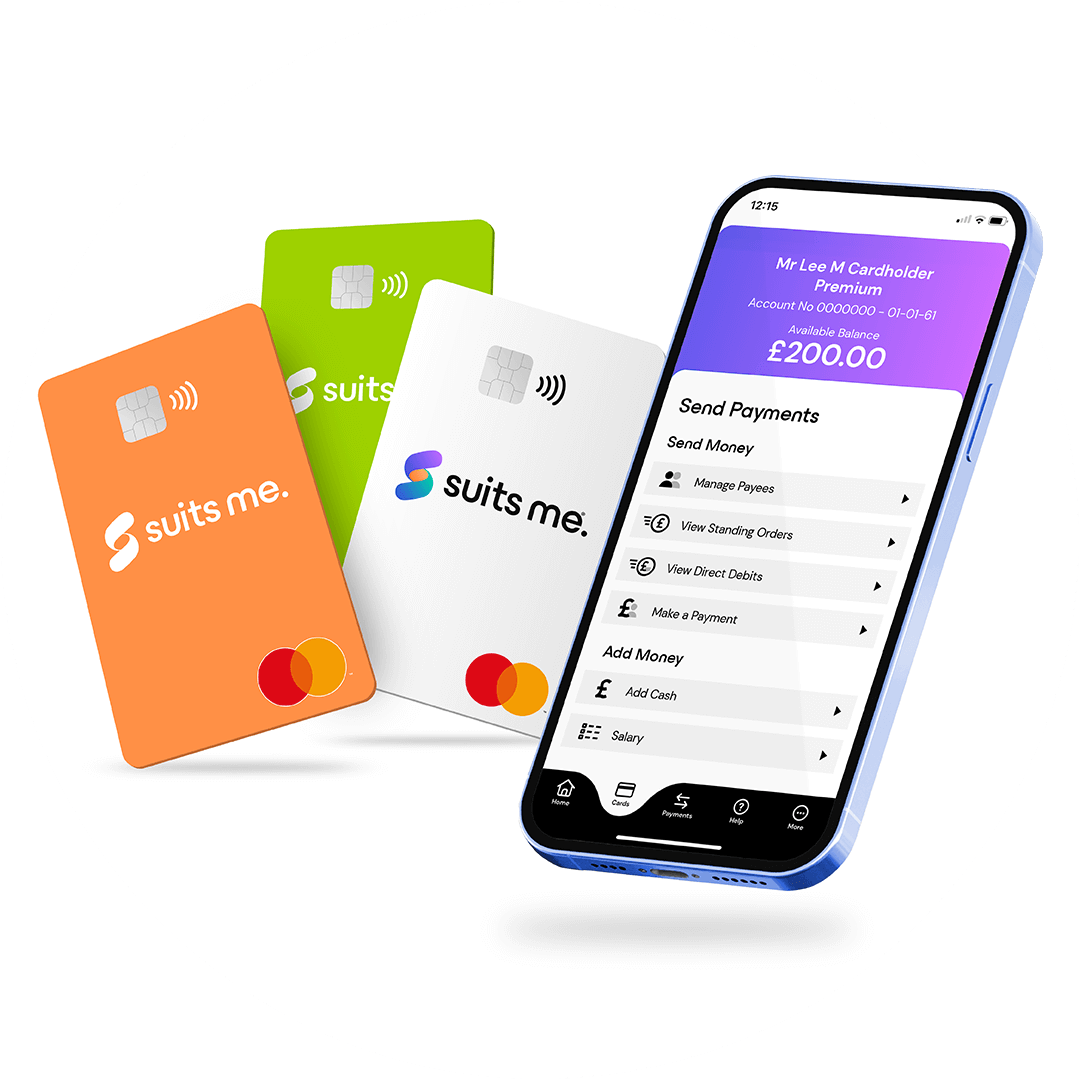
It’s hard to imagine not having a current or checking account these days. Once upon a time, many people kept the money hidden in their homes, and to this day, we still discuss the wisdom or foolishness of keeping our savings under the mattress.
Banks provide a means to keep our money safe, and with the digital banking technology surrounding us, we can access our money whenever necessary.
There are several different types of bank accounts, from a child’s first savings account to complicated corporate accounts. However, people primarily use checking accounts and current accounts. These accounts are almost identical in nature, but there are some subtle differences that you can discover below.
What is a Checking Account?
A checking account is an account that accepts deposits of money but also facilitates withdrawals.
The standard method of making a withdrawal involved writing a cheque. A cheque is simply a document with instructions to the bank on how to withdraw money and, more importantly, to whom it should be paid. This used to be the standard way for people to pay their bills as they could send the check with the bill in the mail. You could also write a check when shopping or paying for goods and services.
Many banks have eliminated cheques altogether in favor of EFTPOS terminals (Electronic Funds Transfer at Point Of Sale) and online banking transfers from your account to the account of your intended recipient, as cheques are very rarely used anymore.
What is a Current Account?
Now, in many ways, the current account is virtually the same as a checking account in that it is an account that allows you to manage your finances.
This type of account accepts deposits, and you can withdraw in a variety of ways. The bank’s client is issued with a debit card which can be used to withdraw cash via an ATM (Automatic Teller Machine) and use the EFTPOS service to pay for goods and services when you go shopping.
You can also do your shopping online using your debit card details, digital payment wallets (like Google Pay) or via direct funds transfer using internet banking.
Can I have a chequebook with my Checking or Current Account?
As more people depend on internet banking and use their debit cards for shopping, banks are phasing out chequebooks.
Because of the internet and our constant connection to digital devices, we can manage all banking tasks through computers or smartphones. As a result, many banks have already stopped issuing chequebooks, and it seems that it won’t be long before chequebooks are a thing of the past.
What type of account should you open?
As checking accounts are pretty much obsolete, your financial institution will most likely offer you a current account. Talk to your banking provider’s customer service team, as many providers now offer a variety of different packages connected to your current account. In most cases, they will tailor a package specific to your needs.
As we mentioned earlier, it is almost impossible to function in society without a bank account. However, choosing the best one for you depends on your income and your spending habits.
💡 You can learn more about banking in the UK, with our guide to finding the best current account to suit your needs.





